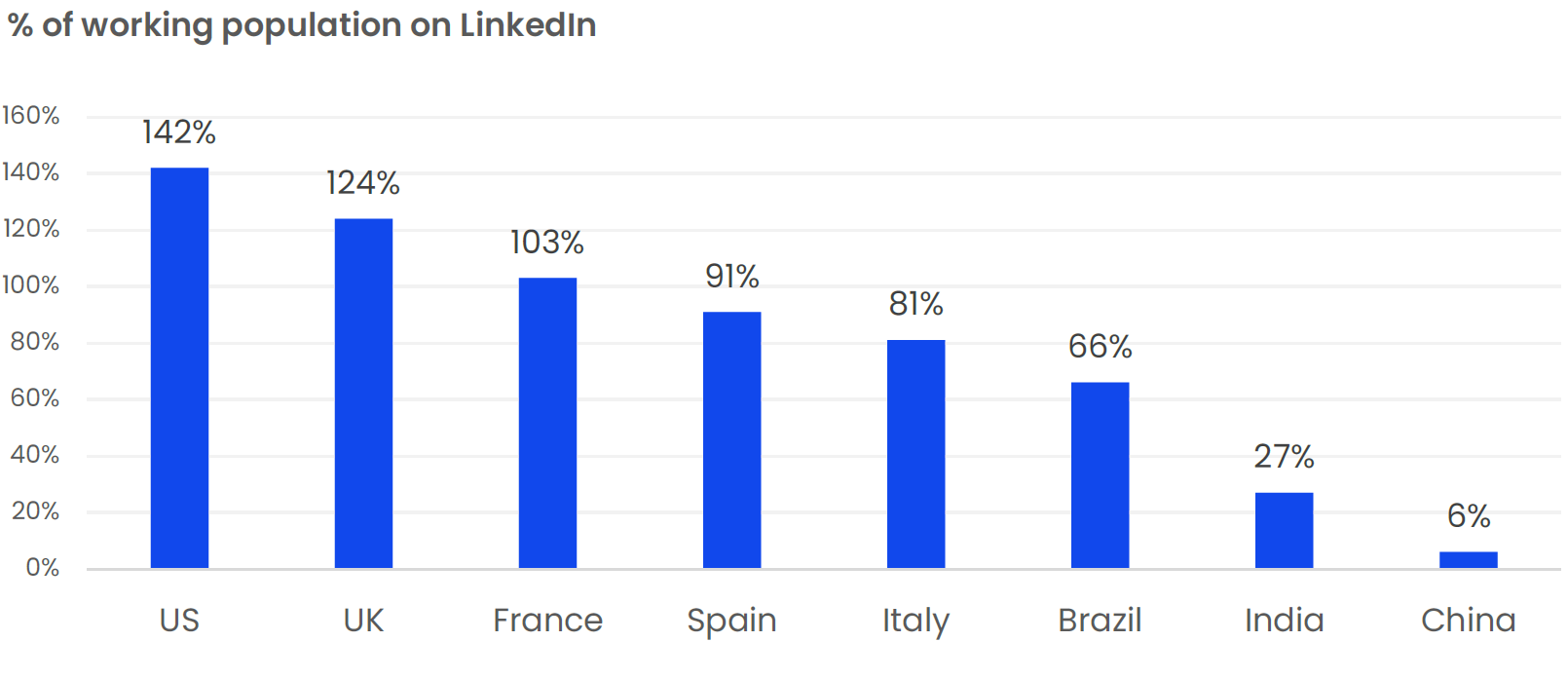
Keeping it true
Why employer branding mustn’t become just another marketing play
WhiteCrow recently took part in a webinar hosted by the talent acquisition software provider Avature. Among the many topics we discussed was one prompted by an audience member who asked: “How do you adjust your employer branding during difficult economic times?”
The most intriguing aspect of that question is the assumption that lies behind it. Clearly, the questioner had a rather malleable idea of what employer branding is. Rather than being a fixed set of values and attitudes, it’s something that can shift and change depending on what you want to achieve at any given time.
Perhaps the clue’s in the term itself. That word ‘branding’ reeks of something synthetic, manufactured. And for a lot of companies, that’s exactly what it is. When WhiteCrow worked on a competitor intelligence project a few months ago, we discovered that plenty of companies situate employer branding in their PR & Comms function.
We think they should do better.
Rather than being a tool with which to recruit talent, employer branding should be a living, breathing thing which reflects a genuinely heartfelt way of doing business.
But this won’t happen unless it’s led from the top. Companies with a truly progressive culture are always led by charismatic CEOs who are vocal about the what the business stands for. Think Danone or Unilever.
How do you adjust your employer branding during difficult times? Answer: you don’t. And that’s how people know you really mean it.
The World According to WhiteCrow

As the world’s largest sourcing and recruitment company, WhiteCrow works with clients across multiple geographies and sectors. So, a brief glance at what we’re working on ought to provide a clue to what’s going on in the wider market.
Over the last quarter, the data tells us this:
- Projects are up month-on-month compared to the last quarter. That’s good news for us and probably good news for everybody else, because it means companies are investing in their workforces.
- But even more promisingly, the percentage of recruitment projects to research projects is also up. That would seem to confirm the fact: hiring managers have both headcount and budget. To put this in context, the average percentage of recruitment projects (versus all projects) last quarter was 76%. But three months later that figure is 88%. And we know that that’s not just because the number of research projects has dwindled because, in fact, they’ve significantly increased.
- What our figures don’t show is any differentiation between types of research project, but the detail on that is also promising. Some quarters, research clients mostly come to us for talent mapping but recently we’ve had a plethora of different requests. We’ve worked on a huge location analysis survey, a perception analysis project in Mexico, a competitor intelligence study in India, and (our favorite) a fascinating study on job titling protocols in the financial services industry.
- We’d like to imagine that much of this uptick in project variety is down to increased awareness of WhiteCrow’s talent intelligence capability. But it’s probably also a reflection of companies getting much more strategic about how they hire. That tends to happen when clients are worried that their competitors might also be hiring. So, we end where we began, with strong evidence that businesses are growing in both confidence and headcount.


Talentomics
Whatever your views on the big issues of the day, we can all agree these are unpredictable times. That’s a nightmare for workforce planning. So now more than ever Talent teams need to be across the numbers. Below, we share a selection of economic charts and comment briefly on their implications for recruitment.
1. LinkedIn v working population

- Well, there don’t seem to be any productivity issues in the US . . . the country’s working population is around 160 million, but if you check out LinkedIn and filter your results for ‘United States’, you’ll find over 230 million records.
- The explanation of course is a combination of duplicate records and people who have left the workforce without deleting their profiles. Other countries with LinkedIn records which exceed 100% of their working population include the UK and France.
- At the other extreme are countries like China who have a figure equivalent to just 6% of their workforce on the world’s biggest professional networking site.
- The takeaway is that LinkedIn, while an invaluable recruiting resource, may not be wholly reliable. That’s why smart companies use WhiteCrow’s telephone-based research to make sure their talent mapping is comprehensive, inclusive and fully up to date.
2. Parli inglese?

- But even when you’ve tracked down all your candidates (using WhiteCrow, not LinkedIn, remember) you may still encounter another problem . . .
- In fact, it’s one of the biggest challenges in a globalized economy: finding candidates who speak the right language. It’s all very well having a geographically dispersed team who can meet up at the click of a button, but what if they don’t all speak the corporate language? We’ve come across this problem recently in Spain and Italy where we’ve been doing some work for a top professional services firm. We’ve had no problem finding candidates but (as we suspected would be the case) relatively few of them speak English.
- Fortunately, we have Spanish and Italian speakers, so we were still able to engage with these people and, in some cases, discover that their English wasn’t as bad as they claimed – but again, this highlights the limitations of a purely digital talent acquisition strategy. Sometimes, you still need to pick up the telephone and talk to people.
3. Voting for candidates

- The whole world seems to be going to the polls now. Hot on the heels of Narendra Modi’s triumph in India, we’ve had parliamentary elections in France and a general election in the UK. We’re also just months away from a Presidential runoff in the United States.
- What’s more, at least two of these elections have resulted in a shift in power. In the UK, the Conservatives suffered huge losses to Labour while, in France, Macron’s centrist coalition also took a beating. Quite what happens in America come November is anyone’s guess following Trump’s brush with death and Biden’s withdrawal from the race.
- This is more interesting because most of these economies are doing roughly the same. That’s to say, rather badly. But where one group of voters thinks the solution is to lurch leftwards, another is convinced the solution lies with more conservative policies.
- The good news for hiring managers is that stock markets tend to do well during election years, whatever the result, as stock prices ride the wave of hope that follows the appointment of a new government with fresh ideas. Perhaps then, we can reasonably expect some of the indicators we illustrate above to improve soon.
Quote of the Quarter

This observation was made by the Head of Finance at a big insurance company in Singapore.
We were talking to him as part of a fascinating study for a client who wanted to know the rationale behind companies’ designation of the word ‘Chief’. In other words, why in some companies is a country finance head called a CFO while in others that designation would only be reserved for the global head of finance? The answer, as you might expect, is long and complex. But what we also discovered is the high level of attachment that senior leaders have to their specific titles.
Sure, putting the word ‘Chief’ at the front of your handle isn’t going to add to your bank balance but it certainly does seem to make people feel good about themselves. It stands to reason, really. We all like to feel we play an important role in life, so the grander the words on our business card, the more upbeat we’re likely to feel.
In short, we wouldn’t advise TA teams to hand out job titles instead of paying rises. But they may well help to get an underwhelming pay rise over the line

Wordplay
Like any industry, recruitment has its lexicon of odd words and phrases. The best of these serve to illuminate complex topics; the worst merely confuse and obfuscate. As for the rest, well, let’s take a closer look . . .


This phrase is likely to crop up in the LinkedIn profiles of specialists in corporate strategy and transformation. And you must concede, it has a lovely ring to it. In poetic terms, it’s a spondee; that’s to say, a metrical foot with two stressed syllables. The double emphasis gives a sense of decisiveness, almost like someone banging the table with their fist. Then there are the associations: the word ‘step’ with its suggestion of forward (or even upward) momentum, the idea of embarking on a journey . . . We could go on. The point is the phrase sounds impressive.
Unfortunately, it doesn’t mean anything. Or at least it doesn’t mean anything that wouldn’t be communicated just as well with the word ‘change’ on its own. It belongs in the ranks of other pointless double-barrelled neologisms like ‘lockstep’ or ‘forward planning’.
Of course, we don’t highlight this because we imagine it will make people stop using ‘step change’ any time soon. Not even the WhiteCrow Whisper has that level of influence. No, instead, the phrase will fade quietly away when one day it’s superseded by some other made-up term. Much like ‘sea change’ did before everyone started saying ‘step change’.
Contact
To discuss any of the issues raised in this month’s newsletter or to explore how WhiteCrow Research can help with any of your talent insight and recruitment needs, please contact us.


